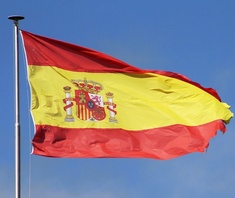
Five Islands of Spain.
First published: Sunday February 20th, 2022
Report this blog
Introduction.
This time we will be exploring five small islands of Spain. Everyone knows about the main islands of this country. The Balearic Islands of Majorca, Menorca and Ibiza are well known around the globe. As are the Canary Islands of Tenerife, Gran Canaria and Lanzarote, but there are also smaller islands dotted around the coast that are probably unknown to all but the locals and the most adventurous of tourists.
For this offering to the BG Gods you, dear reader, I have selected two coastal islands, one river island, one from the Balearics, and one from the Canaries.
I think this gives a balanced selection from different locations.
Pheasant Island.
We start in the Basque region of north east Spain. Pheasant Island is the English translation. It's name in Spanish is Isla de los Faisanes, in French it is Île des Faisans, and in Basque it is known as Konpantzia.
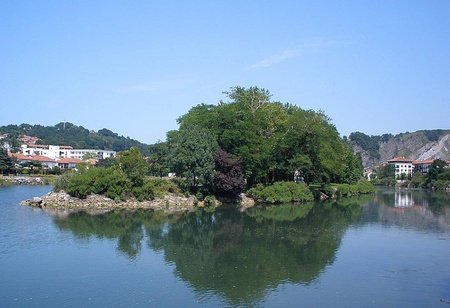
I mention the island's many names because this is no ordinary island. It is situated in the tidal part of the Bidasoa River that forms the border between France and Spain. In fact, depending on the time of year, the island belongs to either France or Spain. From February to July this is a Spanish island. I'm making this blog in February so it is included in Spain's list.
The island is only a couple of hundred metres long and around forty metres wide, and due to the movement of the river is slowly eroding. However, the island was an important meeting place for the two governments at the end of the Franco-Spanish War. The Treaty of the Pyrenees was signed on the island in 1659.
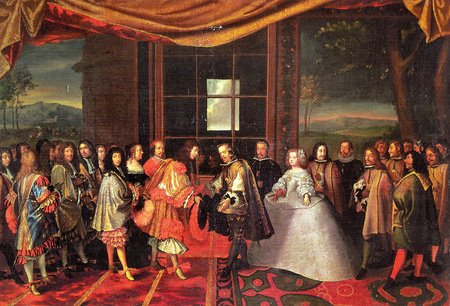
The following year, Louis XIV returned to the island to meet with his future wife, Maria Theresa of Spain, where she bade farewell to her father, Philip IV.
Just over sixty years later in 1721, Louis XV met his intended bride, Mariana Victoria of Spain, on the island although the pair did not eventually marry.
The island is the world's smallest condominium, an area over which two nations have equal control. Sovereignty of the island changes every six months under the governance of the naval commanders of San Sebastian, Spain, and Bayonne, France.
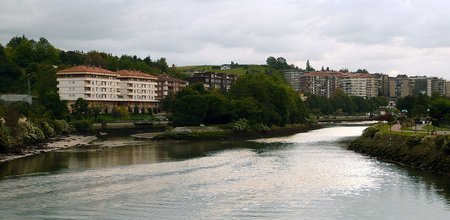
The island is accessible at extreme low tides from the Spanish side, however access is forbidden except on the occasional heritage open day. The only other people allowed are local government officials to perform cleaning and gardening duties once during their six month tenure. Representatives of both countries Naval Commands will land on the island every five days to monitor activity.
A Youtuber called "The Tim Traveller" has an excellent video about this island.
Island of San Simón
This next island is situated in the Vigo estuary on the west coast of Spain. It has been linked to the smaller, neighbouring islet of San Antón by a bridge since 1927. The island has had various uses over the years including as a monastery, a quarantine station, a prison and an orphanage.
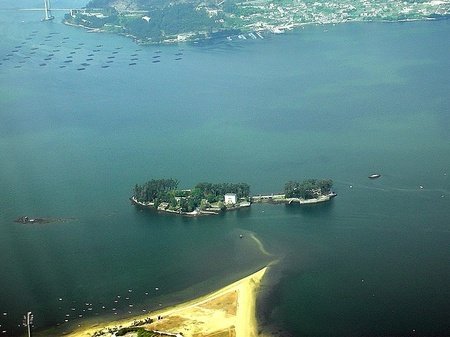
Initially inhabited as a monastery during the Middle Ages, it was used by the Knights Templar, and then the Franciscans until it was sacked by English pirates, including Sir Francis Drake, in the 15th century.

In 1702, British and Dutch ships attempted to plunder vessels from the Crown of Castille in the surrounding Vigo Bay. The Castille ships were thought to be carrying three years worth of proceeds from the West Indies, including gold, silver and other treasures. It is said that most of the treasure was dumped overboard into the bay to prevent it's capture. Despite many diving missions around the islands, little has been found.
The island was pretty much abandoned from the mid 17th century until, in 1838, the islands were turned into a leper colony. San Anton housed the terminally sick and the rest were hospitalised on San Simon. The isolation centre was closed in 1927.
At the start of the Spanish Civil War in 1936, the island's buildings were converted into a concentration camp for political prisoners opposed to the Franco regime. Prisoners were brought from all over Spain and subjected to horrific and inhumane conditions. The island became one of Franco's most feared prisons. The prison closed in 1948.
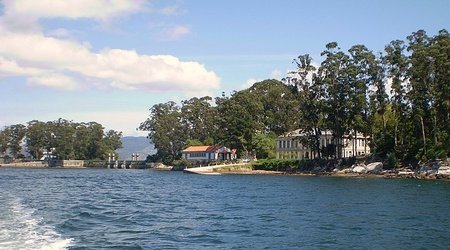
San Simon is nowadays an historic site and has been designated by the Spanish government as an Isla del Pensamiento or "Island of Thought". This is to honour the island's history and promote deep, creative thought.
The island can be reached from Vigo and Cangas by passenger ferry.
Atlas Obscura website page about the island.
Tabarca.
We travel to the Mediterranean Sea for our next island. Located off the coast near Alicante, Tabarca is the smallest permanently inhabited island in Spain with around 70 residents. Originally called Flat Island or St. Paul's Island, it is now officially known as Nueva Tabarca or just Tabarca.
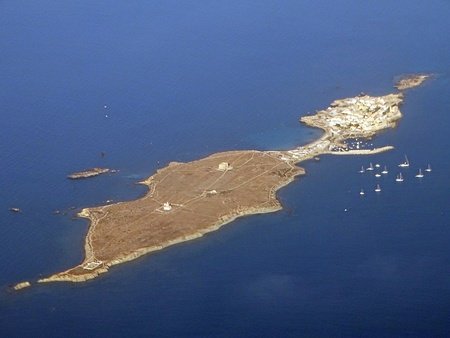
It is believed that St. Paul disembarked on the island, hence the former name, on his journey to spread the words and beliefs of Jesus, in the first century AD.
Many centuries later the island became a refuge for Barbary pirates that used it as a base for raids on the Iberian mainland.
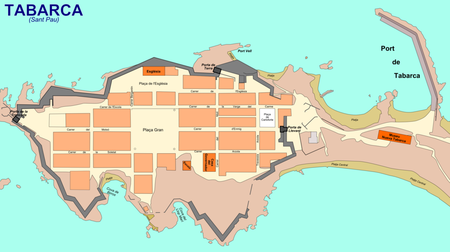
In 1760, Charles III of Spain ordered fortifications to be built on the island along with a small town. A group of Genoese sailors imprisoned in the port of Tabarka in Tunisia were relocated to the island, along with a garrison of soldiers, and the name New Tabarka (or Nueva Tabarca) was given to the town and island.
In 1850, the garrison and it's governor were removed, however the Governor's House and fortifications built at that time can still be visited.
These days the residents are involved in fishing and the obvious tourism. The island and its surrounding waters are a designated Marine Reserve, and as such many activities are strictly controlled.

The island has a small hotel, however most visitors are day trippers from the mainland.
The island can be reached by passenger ferry boat from Alicante, Santa Pola and Benidorm.
This blog has an excellent pictorial review of a visit to the island in 2017.
Isla del Rey.
Nestled in the natural harbour of Mahon on the Balearic island of Menorca, Isla del Rey is uninhabited but frequently visited by tourists.
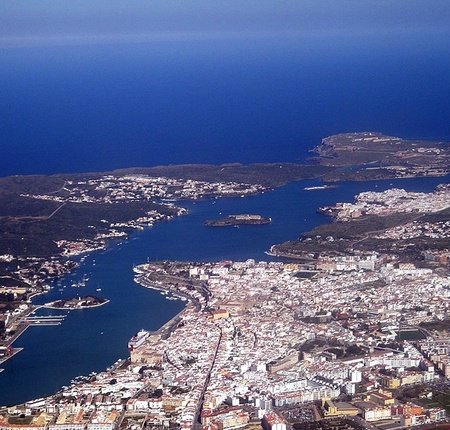
The island's name derives from the legend that King Alphonso III of Aragon set foot on the island during the Christian reconquest of Menorca in 1287. The name changed from Rabbit Island to Kings Island to honour his visit.
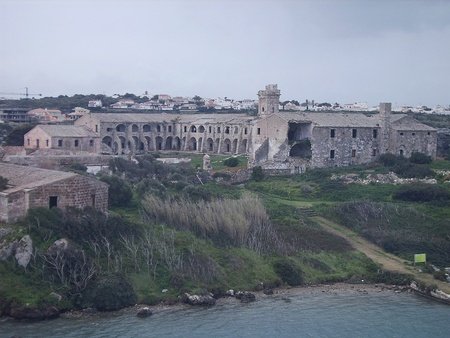
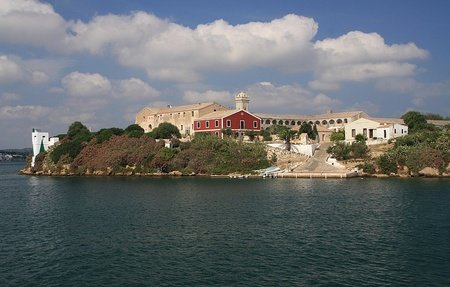
During Britain's control of Menorca in the 18th century a hospital was built on the island which continued to be in use until a new hospital was built in Mahon town in 1964. The facility on the island only closed due to the difficulty of transferring patients.
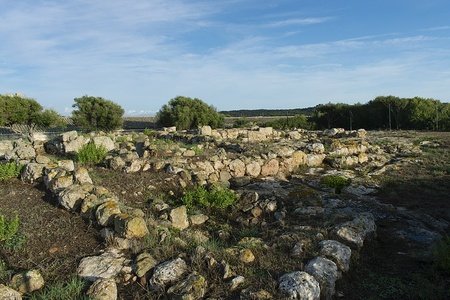
In 1888, remains of a 6th century Christian basilica were found that contained mosaics similar to ones found at an ancient synagogue in North Africa. It was not until 1964 that the mosaics were excavated and moved to the Museum of Menorca.
In 1979 the hospital was declared a National Monument, and in 1993 the island was declared a biosphere reserve to protect the endemic sub species of Lilford's Wall Lizard.
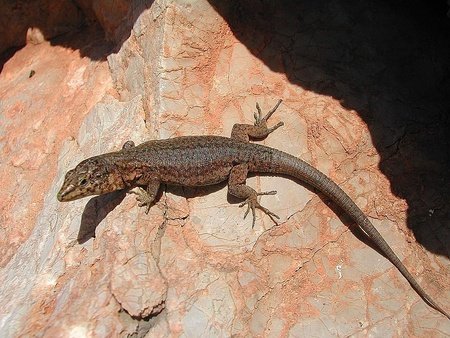
Since 2004 the former hospital buildings have been administered by a foundation with the interests of preserving the buildings and the islands heritage. To help finance this, part of the island has been leased to a Swiss art gallery that help maintain the gardens.
Due to it's nature reserve status, the island is only accessible on Sundays from Mahon but there are guided tours of the hospital and grounds on this day.
The foundation's website has a photo gallery and information.
Lobos Island.
The final island in this blog is situated in the Canaries archipelago off the coast of Morocco. It lies close to the north of the island of Fuerteventura. In fact the island is part of the municipality of La Oliva on the main island.
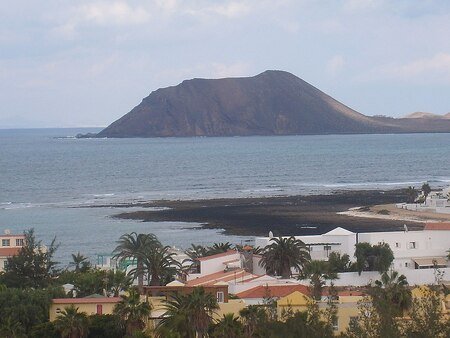
Recent discoveries on the island have concluded that the Romans maintained a settlement there, although possibly this was seasonal.
In 1405, Lobos served as a resupply base for French explorer Jean de Bethancourt during his conquest of Fuerteventura and the rest of the Canary Islands.
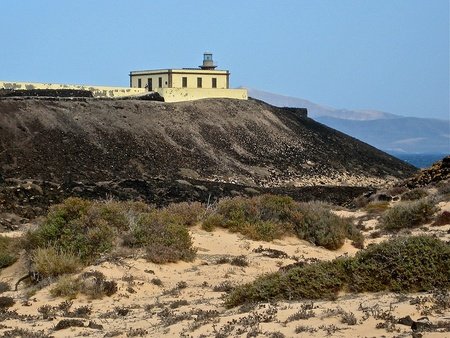
For many years the only inhabitants of the island were the lighthouse keeper and his family. The last keeper, Antonio, has a school in the town of Correlajo named after him.
The island is now a nature reserve to protect the many endemic plants along with the seabird populations. The small buildings are summer homes, or cater to tourists. There is a small restaurant run by the former lighthouse keepers son. There are no vehicles on the island, but footpaths are well signed all around the island. The highest point however, the Montaña La Caldera is out of bounds unless a permit is obtained first. The seas around the island are popular with snorkellers and divers due to the rich marine life including barracuda and hammerhead shark.
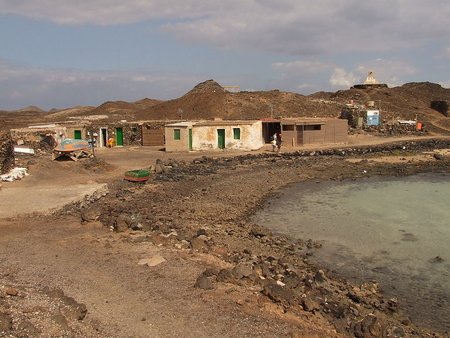
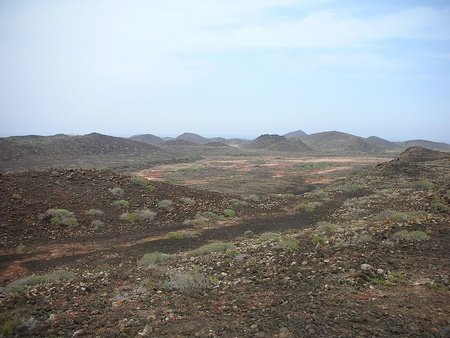
The island can be reached by ferry from Corralejo and takes about 15 minutes. Camping is no longer allowed.
The Canary Islands tourist website has a page dedicated to Lobos Island.
Summary.
The islands of Spain are extremely diverse. From the popular holiday destination of Majorca to tiny uninhabited islets off the wild northern coast in the Bay of Biscay. Hopefully the five I have spotlighted in this blog will be unknown to many of you, and my descriptions interesting.
At time of writing this I haven't thought of where next to go. Do I stay in Europe and highlight Greece, or Portugal, or maybe one of the Scandinavian countries. Or do I abandon Europe and move elsewhere like Africa or the Americas. Who knows, let me know what your thoughts are about this in the comments.
That's it from me for this episode, so until the next time, as always stay safe and may the odds be ever in your favour.

@MG17, Its on my list
Philippines?
Bahamas?
Though I’d like Russia.
It may be a while till they're written though, but be patient my friend. :)